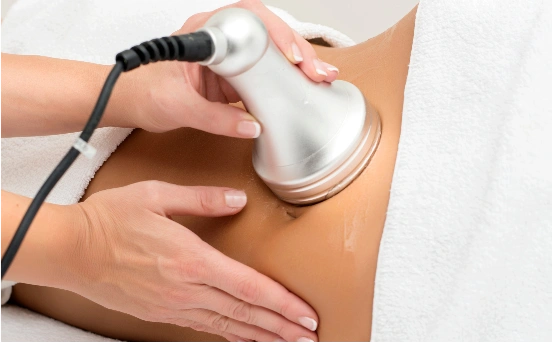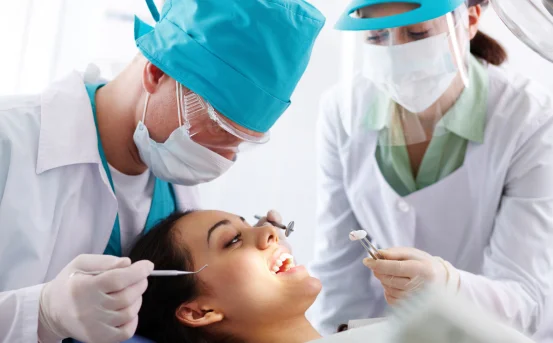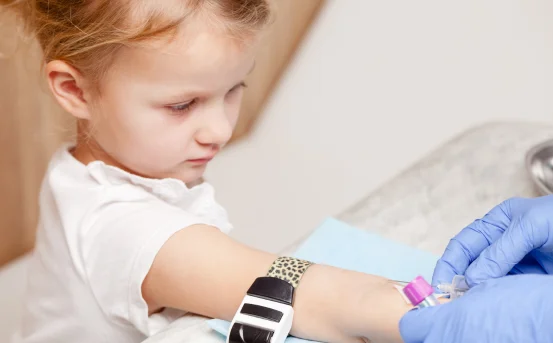Effective treatment for cystodiathermy surgery is an advanced and effective medical procedure primarily used to treat ovarian cysts and polycystic ovary syndrome (PCOS). As awareness around women’s reproductive health increases, cystodiathermy has emerged as a viable solution for women experiencing hormonal imbalances, irregular menstrual cycles, and infertility due to PCOS.
Cystodiathermy, also known as laparoscopic ovarian drilling, is a minimally invasive surgical procedure designed to stimulate ovulation in women who have not had success with other treatments. It works by targeting the thickened ovarian surface and reducing the number of androgen-producing follicles, thereby helping normalize menstrual cycles and increase the chances of natural conception.
What is Cystodiathermy Surgery?
Cystodiathermy, often referred to as ovarian drilling or laparoscopic ovarian diathermy, is a minimally invasive surgical procedure performed to treat polycystic ovary syndrome (PCOS) in women who are not responding to medical therapy for ovulation induction. The procedure uses controlled heat (diathermy) or laser to puncture the thickened ovarian surface and destroy a small portion of ovarian tissue. This helps normalize hormone levels, stimulate ovulation, and restore menstrual cycles.
Why is Cystodiathermy Performed?
Cystodiathermy is most commonly recommended for women with PCOS, particularly when first-line treatments such as lifestyle changes, metformin, or fertility medications like clomiphene citrate or letrozole do not work.
Key Indications for Cystodiathermy :-
-
Chronic anovulation (absence of ovulation)
-
Infertility due to PCOS
-
High luteinizing hormone (LH) or androgen levels
-
Resistance to ovulation-inducing medications
-
Irregular menstrual cycles or amenorrhea
How is effective treatment for cystodiathermy surgery performed?
Cystodiathermy is a laparoscopic procedure, meaning it involves small incisions and is performed using a camera and specialized instruments.
Step-by-Step Procedure :-
-
Anesthesia :- The patient is given general anesthesia to ensure comfort.
-
Laparoscopic Access :- Small incisions are made in the abdomen to insert the laparoscope (camera) and surgical tools.
-
Ovary Examination :- The surgeon visually inspects the ovaries and confirms polycystic appearance.
-
Ovarian Drilling :- A needle or probe with electrical or laser energy is used to make tiny punctures (typically 4–10) on the ovarian surface.
-
Closure :- Instruments are removed, and incisions are closed with sutures or surgical glue.
The entire surgery usually takes 30 to 60 minutes and can often be performed as a day-care procedure.
Benefits of Cystodiathermy Surgery
Cystodiathermy offers several benefits for women struggling with PCOS and its complications :-
Induction of Ovulation
The primary goal is to help the ovaries release eggs naturally, which can improve fertility without requiring long-term fertility drugs.
Hormonal Balance
The surgery helps lower androgen (male hormone) levels, which are typically high in women with PCOS. This results in reduced acne, hair growth, and other androgenic symptoms.
Regulation of Menstrual Cycles
Many women experience more regular periods post-surgery, which is a sign of restored ovulatory function.
Improved Fertility Outcomes
Cystodiathermy has shown success in restoring fertility in women who previously failed to conceive with medications alone.
Minimally Invasive and Safe
Since it’s a laparoscopic surgery, the recovery is quicker, and the risk of complications is low when performed by an experienced surgeon.
Recovery After Cystodiathermy Surgery
Most women recover quickly after cystodiathermy. However, it’s important to follow medical advice to ensure optimal healing and outcomes.
What to Expect Post-Surgery :-
-
Mild abdominal discomfort or cramping
-
Spotting or vaginal discharge for a few days
-
Return to normal activities within 5–7 days
-
Menstrual cycles may resume within 4–6 weeks
-
Ovulation can occur as early as 1 month post-surgery
Recovery Tips :-
-
Take prescribed medications for pain and infection prevention
-
Avoid strenuous activities or heavy lifting for at least a week
-
Maintain a healthy diet and hydration to aid recovery
-
Follow up with your gynecologist for monitoring ovulation and cycle regulation
Risks and Complications
While cystodiathermy is generally safe, as with any surgical procedure, it carries certain risks :-
-
Infection or bleeding at the incision site
-
Damage to surrounding organs (rare with experienced surgeons)
-
Ovarian adhesions or scarring
-
Premature ovarian failure if too much tissue is destroyed (rare)
Choosing a skilled laparoscopic surgeon significantly minimizes these risks.
Success Rate of Cystodiathermy
The success of cystodiathermy in inducing ovulation and improving fertility depends on several factors, including age, severity of PCOS, body weight, and hormonal profile.
General Statistics :-
-
Ovulation rates:- Up to 80% of women start ovulating within a few months.
-
Pregnancy rates:- Around 40–60% achieve pregnancy within 6–12 months post-surgery.
-
Cycle regulation:- Many women experience regular menstrual cycles after the procedure.
Lifestyle Support After Surgery
For optimal results, cystodiathermy should be accompanied by healthy lifestyle changes :-
-
Weight management :- Even a 5–10% weight loss can improve hormonal function.
-
Balanced diet :- Include more fiber, whole grains, lean protein, and healthy fats.
-
Regular exercise :- Helps regulate insulin levels and promote ovulation.
-
Stress management :- Chronic stress can worsen PCOS symptoms.
Collaborating with a gynecologist and dietitian ensures comprehensive management of PCOS after surgery.
When to Consult a Specialist
If you’ve been diagnosed with PCOS and are experiencing any of the following symptoms, consider consulting a gynecologist or reproductive endocrinologist :-
-
No periods for over 3 months
-
Failure to ovulate despite medication
-
Inability to conceive after 6–12 months of trying
-
Severe symptoms like excess facial hair or acne
Early intervention and a customized treatment plan can significantly improve your reproductive health outcomes.
Conclusion
Cystodiathermy surgery is a well-established, effective treatment for women with PCOS-related infertility or hormonal imbalances, especially when medications do not yield the desired results. It offers the dual benefit of restoring ovulation and improving menstrual health without the need for prolonged drug therapy. With minimal risks and high success rates, cystodiathermy remains a trusted option for many women looking to enhance fertility and overall well-being.























